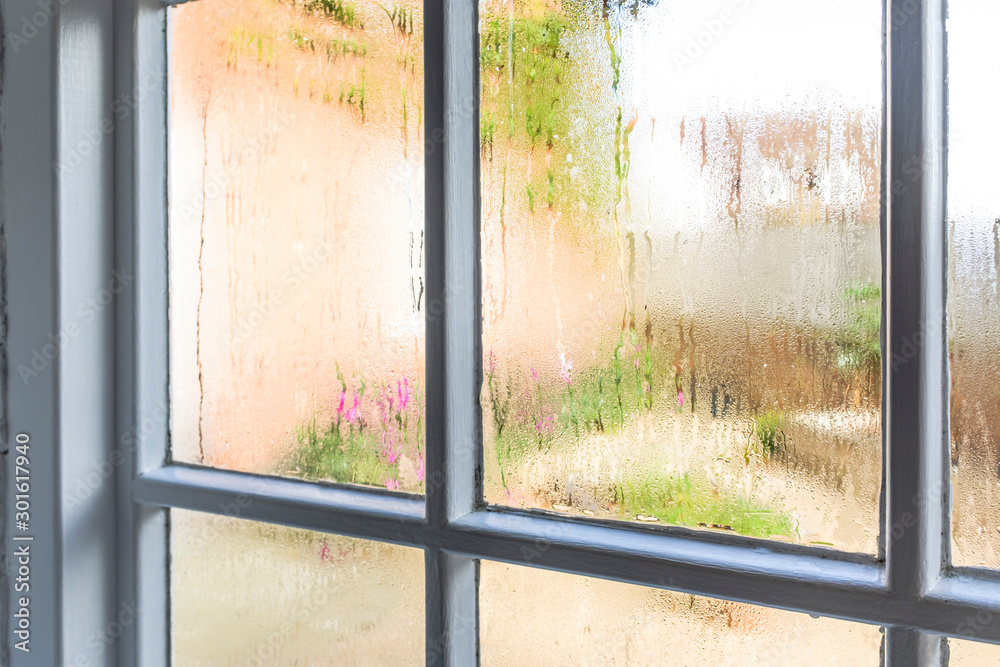We all know that weather conditions directly affect both the kinds of bugs that you are going to see and the volume. When it rains, when it snows, when it’s hot and dry, or when it’s chilly; they all deliver a different set of pests. So what sorts of pests can you expect when it’s muggy? Between June and early September, our neck of the woods is notorious for its high humidity levels; all the more reason to be sure that you stay informed about which bugs will pester you and how you might be able to prevent or treat them all on your own!
The first thing to understand is that these bugs are called “mildew feeders;” pretty self explanatory in that the primary source of attraction for these little guys is… mildew. Like any other bug, mildew feeders lay eggs – this usually takes them about 4-5 days. The average lifespan is somewhere around 22 days. One could think, “well, 22 days isn’t that long, I’ll just wait for them to die out.” The risk you run with this is obviously the rapid reproduction. You’ll want to be sure to take care of this as soon as you notice the issue. Three simple tips: increase sanitation, decrease moisture and increase ventilation in your home. Breaking it down a little further, let us get into the specific bugs you’ll experience in the extreme heat and humidity.
Pillbugs
One of the most common is the “pillbug.” The pillbug, in all actuality, is a crustacean that has adapted to living on land. Naturally, these guys like moisture and hide under various kinds of objects throughout the day (mulch, compost, stones, along pavement joints, bricks and building foundations). Don’t be alarmed though, pillbugs don’t sting, eat clothing, bite or carry diseases. They’re harmless and more of a nuisance than anything else. Insecticides will not exterminate them, they’re actually not insects. It’s hard to tell but they actually have a ton of legs! While they make their way into your home, they most likely won’t last very long due to a lack of moisture. So take care of any damp areas! If you experience an influx of pillbugs, simply vacuum them up or pick them up and set them free!
Ticks
Unlike pillbugs, ticks actually can actually cause physical harm so it’s important to be able to identify them. High humidity and significant rainfall can certainly contribute to the volume of ticks that are out and about. Ticks feed on mammals (such as humans), birds and reptiles. There are several different kinds of ticks, with dog/wood ticks and red/brown ticks being among the most common. Dog or wood ticks are about the size of the dot of an exclamation point! This is largely because they are still in the larvae stage. It’s important for you to know that the younger the tick could mean the more likely they are to carry lyme disease. Red/brown ticks are fully grown and are about 3/16 of an inch, so still pretty small. If after you’ve noticed that you’ve been bitten by a tick, you realize there is a circle that is starting to develop around the bite, be sure to get yourself to a medical professional; that is the first sign that they could have been carrying something harmful.They really like lower legs and ankles, so the best way to avoid them is to wear long pants, keep out of long grass and keep your eyes peeled!
Slugs
While ticks may be harmful to your health, slugs are after your garden and vegetation. If you’re experiencing high humidity levels and ample moisture like we are, you may want to check on your beloved plants. Slugs are predominantly nighttime bugs; that is when they are getting into and chewing through your vegetation. There are several different methods to getting rid of slugs. There are forms of slug bait out there but be aware of their contents because some of them contain metaldehyde which can be harmful to birds, mammals and pets. Some people use salt to dry them out and kill them. This method works but it has been known to negatively affect your garden. For the best DIY solution to this issue, set out some saucers full of beer.It may sound strange but it attracts them like magnets. The only downfall to that method is having to clean them out.
Those are probably the three most common pests that you can expect in these elements. We hope that this information has been useful to you and that you can enjoy the last days of your summer in peace and with fresh, untouched veggies! If you have any questions or concerns—or if none of these things helped you to solve your pest problem—that’s exactly what we are here for! Contact us today for an inspection and treatment!


